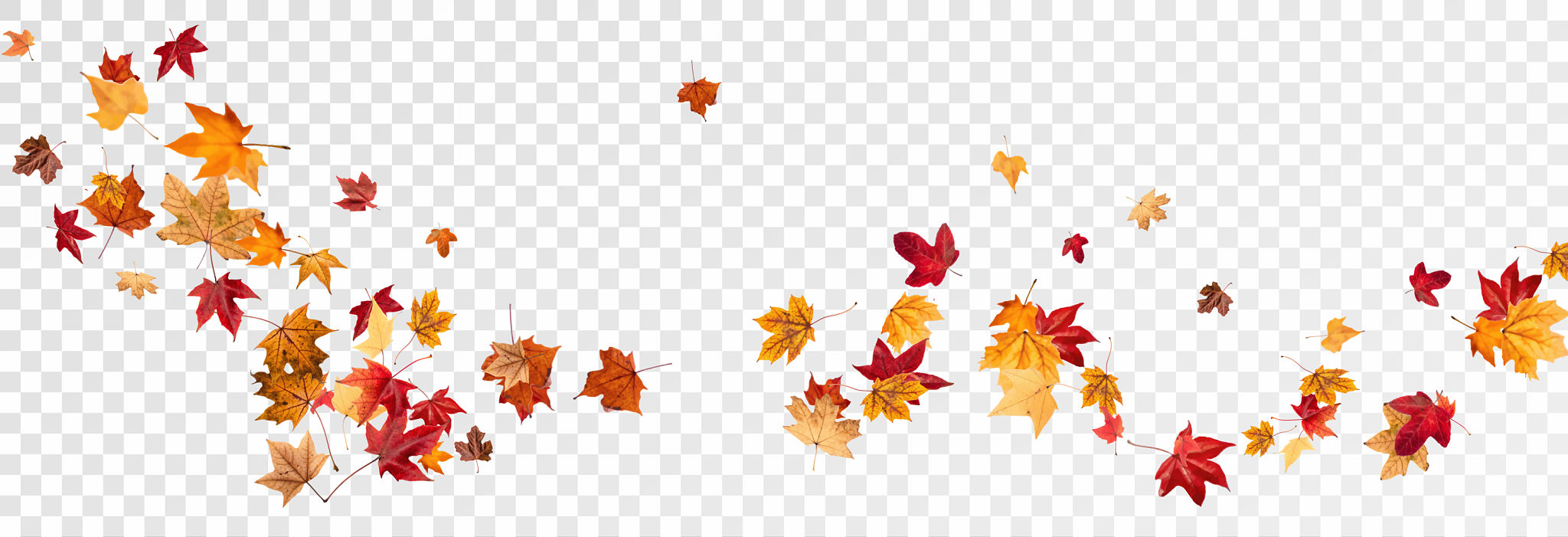Comprehensive Guide to Maintaining a Healthy Lawn Year-Round in Brampton
Understanding Your Lawn’s Needs
Maintaining a healthy lawn in Brampton requires a clear understanding of the local climate and soil conditions. Brampton experiences a humid continental climate, which means your lawn will go through distinct seasonal changes. It is crucial to tailor your lawn care practices to these changes to keep your grass lush and thriving year-round.
Before implementing any lawn care routine, assess the type of grass you have. Cool-season grasses like Kentucky bluegrass and fescue are common in Brampton and require specific care techniques. Identifying your grass type will help you determine the best mowing, watering, and fertilizing practices.

Essential Lawn Care Practices
Mowing
Proper mowing is fundamental to lawn health. Keep your grass at the recommended height for its type, usually between 2.5 to 3.5 inches for cool-season varieties. Regular mowing encourages dense growth and deters weeds. Avoid cutting more than one-third of the grass blade at a time to prevent stress on the lawn.
Watering
Watering is another critical component of lawn maintenance. Lawns generally require about 1 to 1.5 inches of water per week, including rainfall. Early morning is the best time to water, as it allows the grass to dry during the day, reducing the risk of disease. Use a rain gauge to monitor rainfall and adjust your watering schedule accordingly.

Fertilizing
Fertilizing your lawn provides essential nutrients that promote healthy growth. In Brampton, it is best to fertilize in early spring and fall when cool-season grasses are actively growing. Choose a balanced fertilizer and follow the manufacturer's instructions for application rates to avoid over-fertilization, which can harm your lawn.
Seasonal Lawn Care Tips
Spring
Spring is the time to address any winter damage and prepare your lawn for the growing season. Begin by removing debris and dethatching if necessary. Aerate the soil to improve air circulation and nutrient absorption. Spring is also an ideal time for overseeding thin areas to promote a fuller lawn.

Summer
During the summer months, focus on maintaining moisture levels and protecting your lawn from heat stress. Increase mowing height slightly to provide shade for the soil, reducing evaporation and conserving moisture. Be vigilant about weed control, as they can quickly take over a stressed lawn.
Fall
Fall is a critical time for lawn maintenance as the cooler temperatures create optimal growing conditions. Continue mowing but adjust the height back to normal levels. Fertilize your lawn to provide nutrients that strengthen roots for winter. Rake leaves regularly to prevent them from smothering the grass.

Winter Care Considerations
Although your lawn will be dormant during Brampton’s cold winters, there are steps you can take to protect it. Minimize foot traffic on frozen grass, as this can cause damage. Clear away debris and avoid piling snow on the grass, which can lead to fungal diseases.
By following these comprehensive lawn care practices and adjusting them according to Brampton's seasons, you can ensure a vibrant and healthy lawn throughout the year. Consistency and attention to detail are key factors in achieving a lush, green landscape that enhances the beauty of your home.
